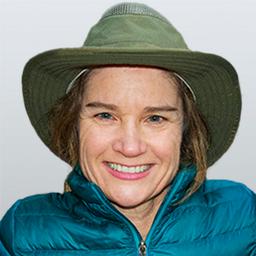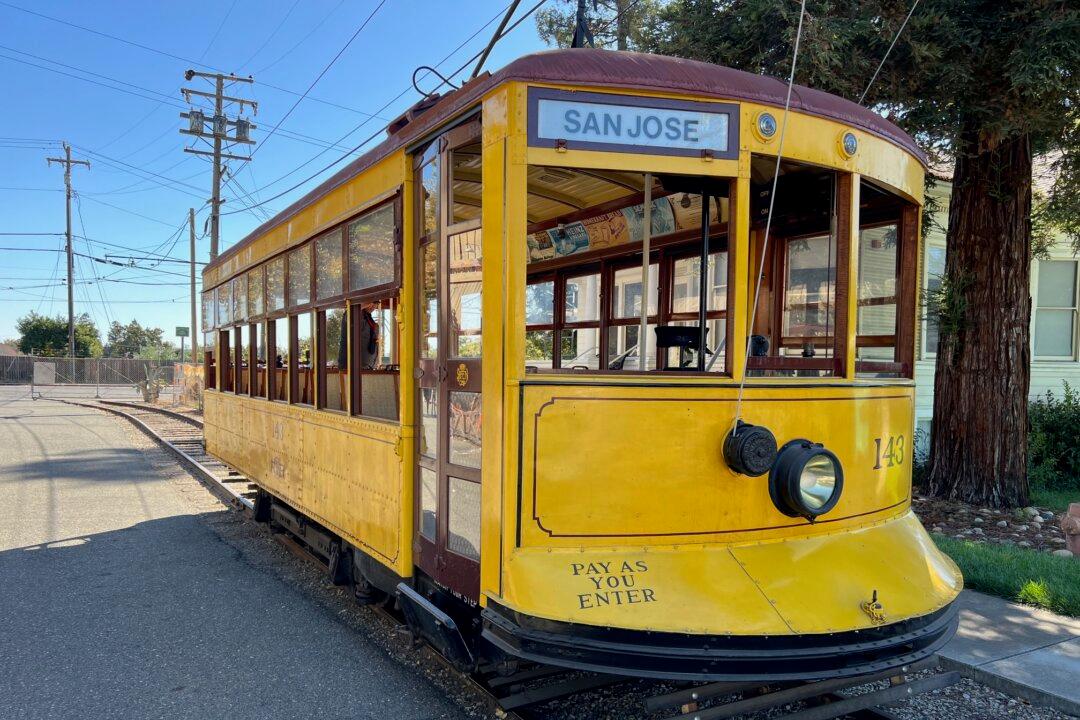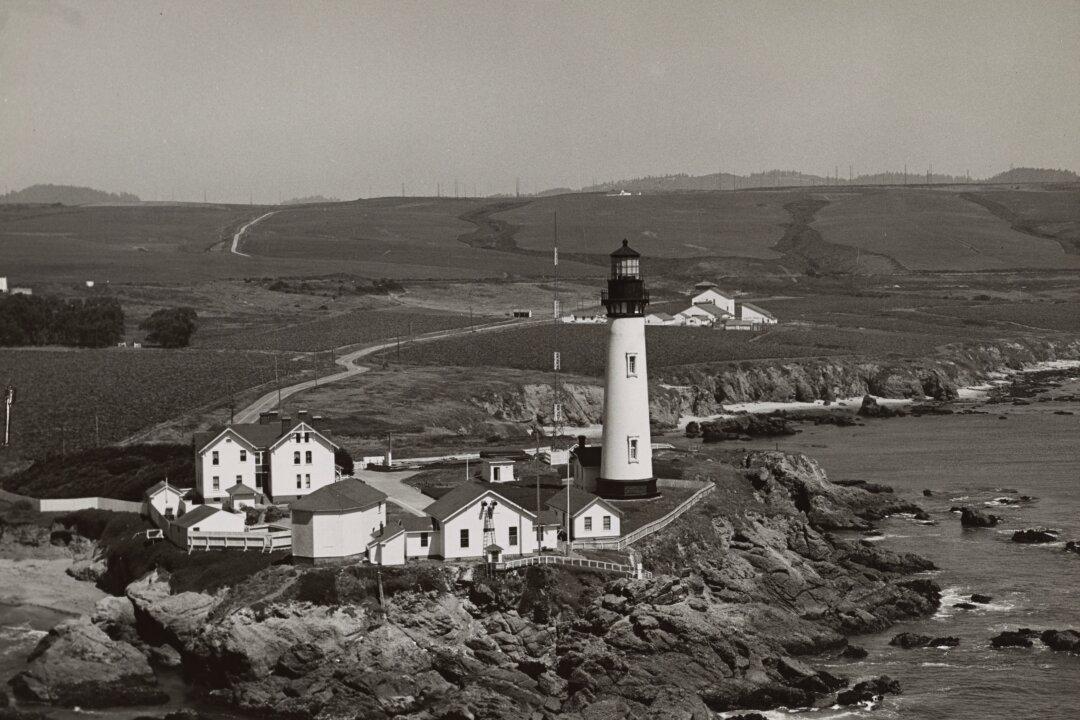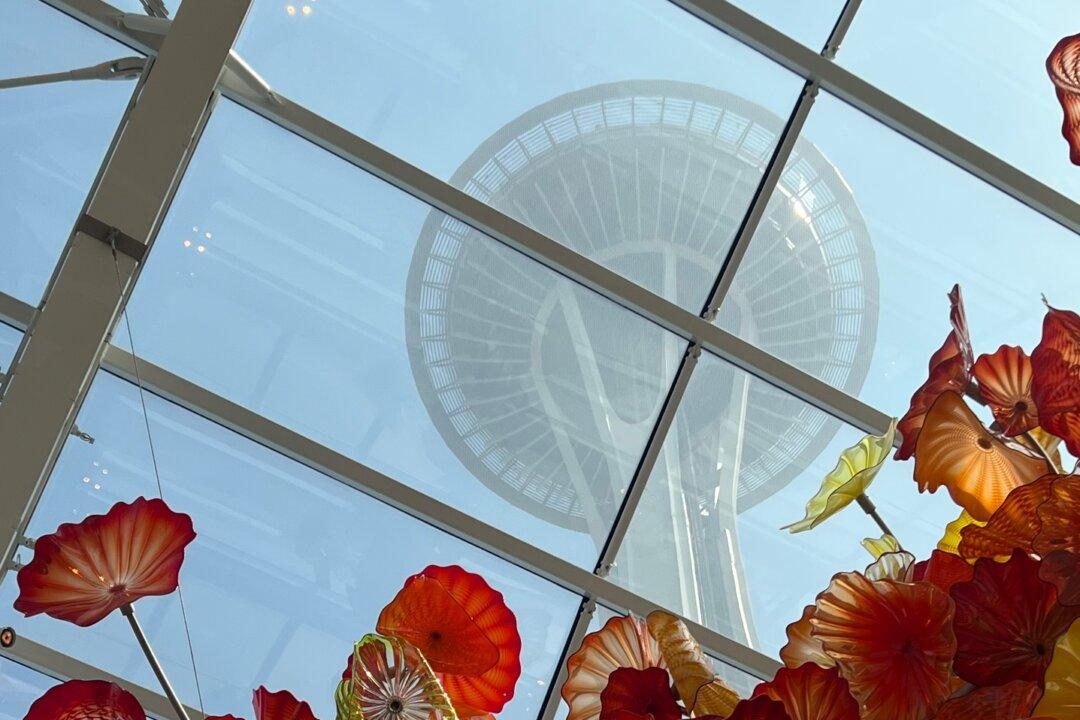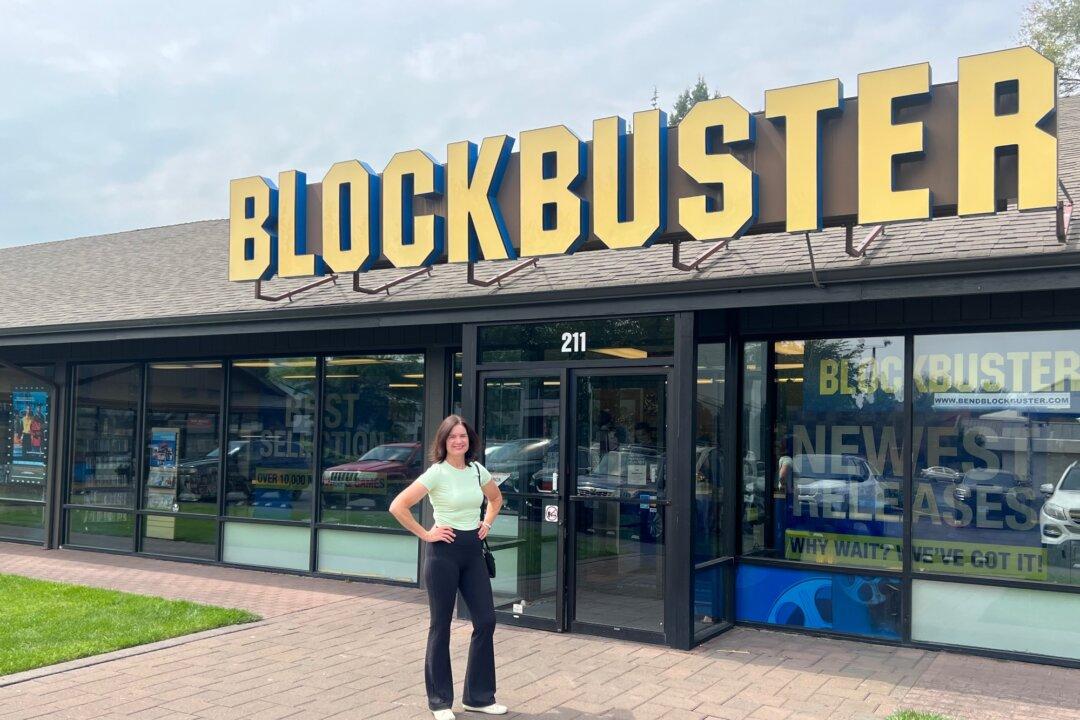The Rosicrucian Egyptian Museum in San Jose, California, contains a wealth of ancient treasures—the largest such collection in western North America.
Not only does the museum house artifacts from the Pre-Dynastic to early Islamic era, it also has exhibits on non-Egyptian Assyrian, Babylonian, and Sumerian periods. Four large galleries—the Afterlife, Daily Life, Rulers, and Religion—tempt visitors to stay for hours.


